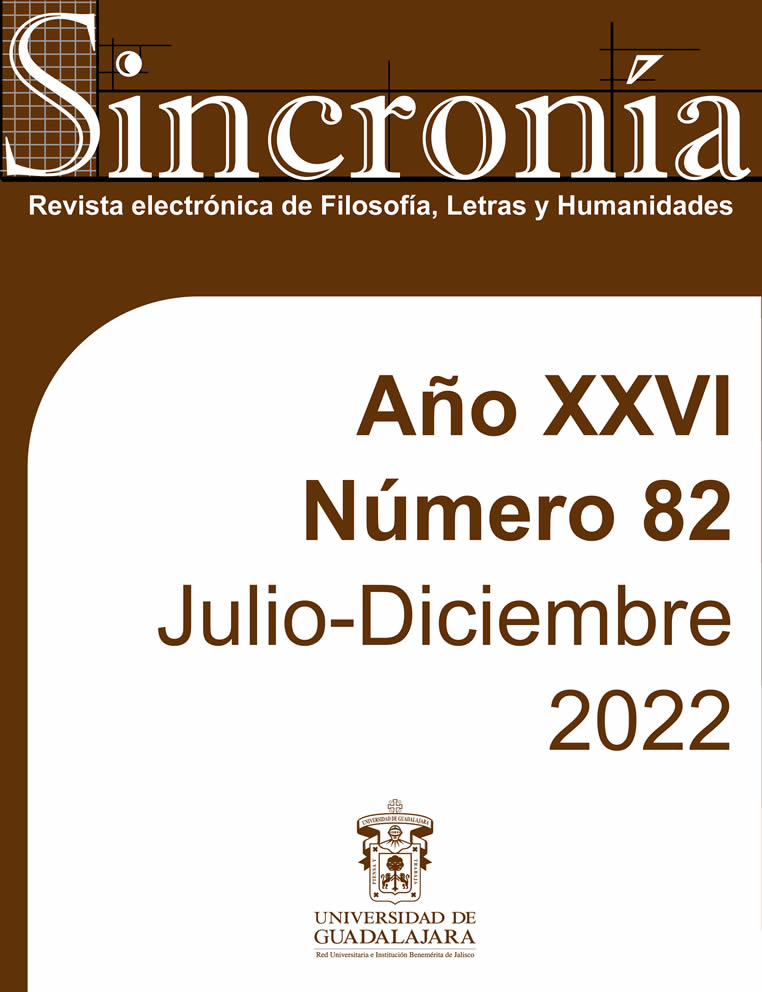The look in El amante del teatro and the device of intertextuality.
Keywords:
Narrative, Intertextuality, Fantasy, MythAbstract
The object of study of the story "The lover of the theater" is to address the fantastic genre in the
narrative corpus. Tzvetan Todorov's studies on the fantasy genre, Introduction to Fantasy Literature,
provide the theoretical framework for this research. However, in a pertinent dose, the contributions
of other literary critics and philosophers, under the scientific rigor that defines them, are essential for
the development of this work. And, in this story, which glimpses nooks and crannies of other planes
of narrative fiction, it is necessary to sketch a wink of the intertextual universe that underlies.
In the fictional space of "The Theater Lover", the dialectic of the gaze is a key piece of the
story. But, in addition, a nodal ingredient that serves to elucidate the phantasmagorical world of the
story, is the cornflower flower, the scenic flower. Thus, the cornflower flower, under the fantastic
lunge, configures the archetypal image of the soul that sheaths not only the metaphor of time, of
beauty, but also of love as the center of the universe.
For the rest, "The Lover of the Theater" is the ghostly story that erases the boundaries
between reality and fantasy, where literature creates a reality different from ours, extraordinarily
better, enough, unimaginable ... as Mario Vargas Llosa has pointed out.
Downloads
Downloads
Published
How to Cite
Issue
Section
License
Copyright (c) 2022 Amparo Reyes Velázquez

This work is licensed under a Creative Commons Attribution-NonCommercial 4.0 International License.
You are free to:
- Share — copy and redistribute the material in any medium or format
- Adapt — remix, transform, and build upon the material
- The licensor cannot revoke these freedoms as long as you follow the license terms.
Under the following terms:
- Attribution — You must give appropriate credit , provide a link to the license, and indicate if changes were made . You may do so in any reasonable manner, but not in any way that suggests the licensor endorses you or your use.
- NonCommercial — You may not use the material for commercial purposes .
- No additional restrictions — You may not apply legal terms or technological measures that legally restrict others from doing anything the license permits.




























